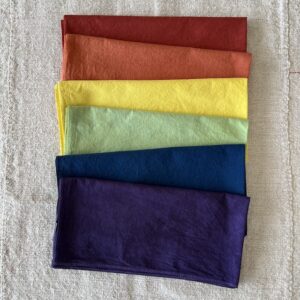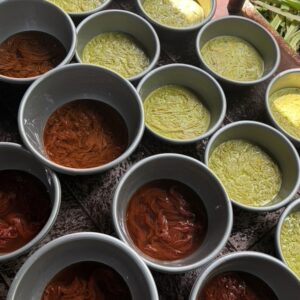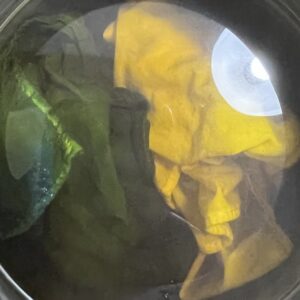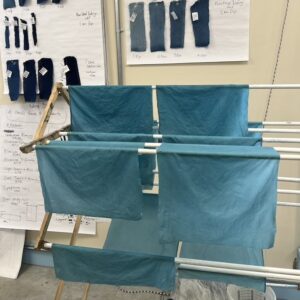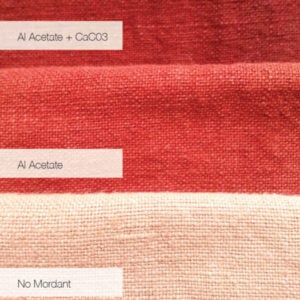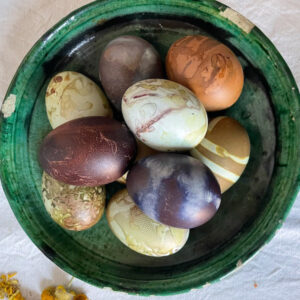Mordant Monday: Middle Mordant in Toronto
Thank you to Rachel MacHenry and Gitte Hansen of Contemporary Textile Studio Co-operative for the lovely photos! I taught a one day workshop on middle mordant using Japanese dyes in Toronto on Friday, and had a great time with the students. This was the first time we’d tried the technique using only Japanese dyes that we extracted, and we also had a side trip into kakishibu which didn’t require any mordant, but made a beautiful shade. I’ve written about middle mordanting before: Catharine Ellis has a nice recipe and procedure in her book and Studio Notes, and I’ve also seen … Read more


